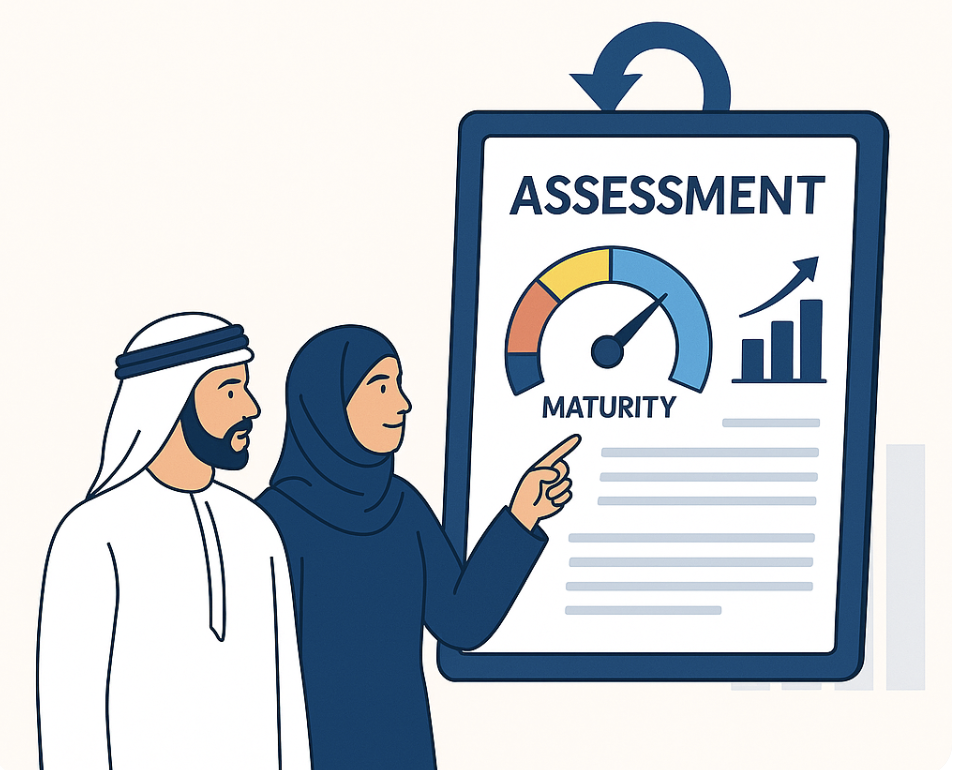The Daily Scrum, often referred to as the Daily Stand-up, is a crucial event in Scrum that fosters collaboration, alignment, and transparency within Agile teams. This article explores the essence of the Daily Scrum, outlines key characteristics of an effective Daily Scrum, identifies common pitfalls to avoid, and shares best practices to maximise its impact on team productivity and cohesion.
What is a Daily Scrum?
The Daily Scrum is a short, time-boxed event held every day during the Sprint where the Developers inspect and adapt the Sprint Backlog towards meeting the Sprint Goal. It is an opportunity to plan their activities for the next working day. This event is not a status update meeting for managers but a collaborative session among Developers to discuss progress, challenges, and the plan for the day. The focus is on self-organisation, accountability, and identifying any impediments that need to be addressed.
Characteristics of a Good Daily Scrum
Time-boxed and Focused
A good Daily Scrum is time-boxed to 15 minutes or less, ensuring the discussion remains concise and focused. Each team member can discuss what they accomplished yesterday, what they plan to do today, and any blockers they are facing. This structure prevents unnecessary delays and keeps the team's momentum intact.
Collaborative and Interactive
Effective Daily Scrums encourage active participation from all team members. It's an opportunity for Developers to share insights, coordinate efforts, and offer support where needed. Facilitators should encourage open dialogue while ensuring the discussion aligns with the agenda to maintain efficiency.
Outcome-Oriented
The Daily Scrum is outcome-oriented, aiming to identify tangible actions that move the team closer to achieving the Sprint Goal. Team members should leave the meeting with a clear understanding of their individual responsibilities for the day and how their work contributes to the overall Sprint objective.
Adaptive and Iterative
Teams leverage the Daily Scrum to adapt and iterate based on emerging information and changing priorities. Discussions may uncover new insights or dependencies that require immediate attention, allowing the team to adjust their plans proactively.
Antipatterns to Watch Out For
Extended Discussions
Avoid prolonged discussions that distract from the plan and progress to achieve the Sprint Goal. Long-winded updates can derail the meeting's purpose and consume valuable time better spent on problem-solving and planning.
Monopolising Conversations
Ensure that all team members have an equal opportunity to speak during the Daily Scrum. Discourage monopolising conversations or off-topic discussions that hinder other team members from sharing their updates or raising issues.
Status Reporting to Managers
The Daily Scrum is intended for Developers to collaborate autonomously. It should not be used as a status reporting session to managers or stakeholders, as this can shift the focus away from team coordination and transparency.
Lack of Actionable Items
Identifying blockers or challenges without defining actionable steps to address them diminishes the meeting's effectiveness. Encourage the team to propose solutions or request assistance from colleagues to resolve impediments promptly.
Tools and Techniques for Effective Daily Scrums
Standing Meetings
Conducting the Daily Scrum standing up promotes brevity and keeps the team focused. Standing meetings tend to be shorter and more energetic, fostering a sense of urgency and engagement among participants.
Visual Boards
Visual boards such as Kanban boards or task boards provide a visual representation of tasks and progress. During the Daily Scrum, team members can refer to these boards to update their status and identify dependencies or bottlenecks affecting progress.
Impediment Resolution
Maintain an impediment list or board to track and prioritise issues raised during the Daily Scrum. Assign owners to each impediment and establish a timeframe for resolution, ensuring that no blockers linger unresolved beyond the Sprint.
Rotation of Facilitation
Rotate the role of facilitating the Daily Scrum among team members. This practice empowers team members to take ownership of the meeting's facilitation, promotes shared responsibility, and prevents reliance on a single individual to lead every session.
Conclusion
Mastering the Daily Scrum empowers Agile teams to collaborate effectively, maintain focus on Sprint goals, and respond promptly to challenges. By implementing structured practices and avoiding common pitfalls, teams can harness the full potential of this daily ritual to drive continuous improvement and deliver value with each Sprint.
Call to Action
Ready to optimise your Agile practices through effective Daily Scrums? Book a free consultation with Agility Arabia and discover how our expert guidance can transform your team's productivity and collaboration.
Let Agility Arabia guide you towards Agile excellence, one Daily Scrum at a time.




